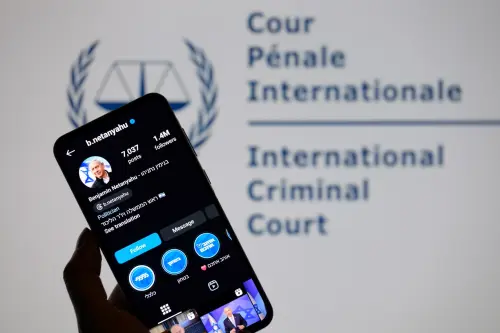February 5, 2014 marks the third anniversary of entry into force of the New Strategic Arms Reduction Treaty (New START). The agreement cuts U.S. and Russian strategic nuclear forces to their lowest levels in five decades. President Obama would like to make further cuts to nuclear stockpiles, but he faces major obstacles.
New START requires both countries to reduce arsenals to no more than 1,550 deployed strategic warheads on 700 deployed strategic missiles and bombers by February 2018. Implementation appears to be going smoothly. Russia has already met these limits, while U.S. strategic forces are moving towards them. The two sides have carried out more than one hundred inspections and exchanged almost 6,000 treaty notifications.
These are encouraging developments, but President Obama took office with a more ambitious agenda. He made that clear in his April 2009 Prague speech, in which he called for a world without nuclear weapons.
Negotiation of the New START Treaty began shortly after the Prague speech. Administration officials originally sought to conclude an agreement by December 2009, before the expiration of the START I Treaty. They hoped for quick Senate ratification of New START, after which the Administration could focus its efforts on ratification of the Comprehensive Test Ban Treaty (CTBT). This would set the stage for negotiation of more far-reaching nuclear reductions with Moscow.
Two obstacles frustrated this plan. First, in part due to Moscow’s bargaining tactics, negotiating New START took longer than Washington expected. For example, in November 2009 Russian negotiators brought the pace to a crawl, attempting—unsuccessfully—to extract U.S. concessions before President Obama’s December visit to Oslo to receive the Nobel Peace Prize.
Since the signature of New START, President Obama has called for new negotiations to address non-strategic and reserve strategic weapons. In June 2013, he proposed a one-third reduction of the New START deployed strategic warhead limit, which would lower the number from 1,550 to around 1,000.
Thus far, however, Moscow has shown no interest, as Russian officials seek to link further cuts to other issues, such as missile defense. At the start of the Obama administration, the Kremlin clearly wanted a new treaty to cap U.S. nuclear forces and provide predictability after START I. New START achieved this objective.
In retrospect, one wonders whether the United States should have pressed for deeper cuts from the outset and proposed a limit of 1,000 deployed warheads in 2009. The looming expiration of START I could have given Washington leverage to achieve the 1,000-warhead limit. However, at the time the Administration also wanted a new treaty in place when START I lapsed. It figured an opening proposal of 1,500 deployed warheads—the Russians proposed 1,675—would lead to an expedited agreement.
Moreover, the Obama administration could not have militarily justified 1,000 deployed strategic warheads in 2009. The nuclear employment strategy was outdated—based on the George W. Bush administration’s 2001 Nuclear Posture Review. The Obama administration only finalized its own review and implementation study in 2012. The completion of this study allowed the President to propose the one-third cut to New START’s 1,550 limit in June 2013.
Republicans on Capitol Hill have posed the second obstacle to the Obama administration’s nuclear policy goals. The hoped-for quick ratification of New START proved more time-consuming and politically bruising than anticipated. In the end, the Senate approved the treaty, but with twenty-six Republican senators voting no. The process generated no momentum for a CTBT ratification push.
Congressional Republicans have since sought to hamstring administration efforts for further nuclear arms cuts. They have even tried to deny funds for implementing New START, which upon ratification became the law of the land.
It remains to be seen whether the political climate—with Moscow and with Capitol Hill—will change in a way that would allow President Obama to achieve more on nuclear arms reductions. Tight budgets on both sides might help.
The Kremlin, facing a stagnant economy, could decide to seek another round of nuclear cuts in order to scale back its costly defense modernization program. In Congress, Republicans might also rethink their opposition to further reductions in light of falling defense budgets, although immediate savings would be modest at best. Both of these appear possible—though not necessarily likely—in the next two years.
While the Obama administration has made clear its preference for negotiated reductions, it still has the option of unilateral adjustments to the U.S. nuclear force structure. The Joint Chiefs have validated the proposed one-third cut from 1,550 deployed warheads as sufficient for U.S. deterrence and war plans. Any unilateral step, however, would likely provoke a bitter fight with Congress. For the foreseeable future, President Obama and his administration will not foreclose the unilateral option, but expect them to continue to press Russia to agree to bilateral reductions.
This article originally appeared in The Fletcher Forum of World Affairs.
The Brookings Institution is committed to quality, independence, and impact.
We are supported by a diverse array of funders. In line with our values and policies, each Brookings publication represents the sole views of its author(s).



Commentary
Op-edNew START at Three … and What Next?
February 4, 2014